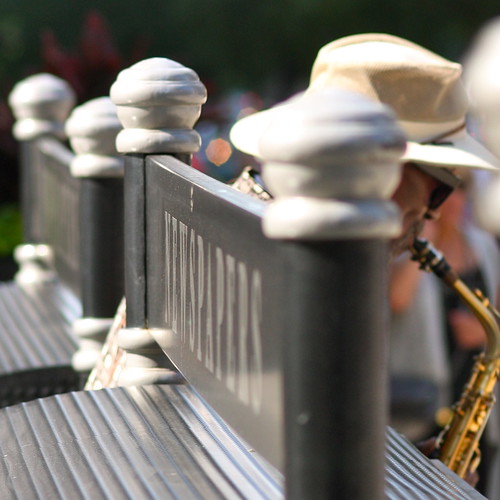Photography Tips To Help You Take Great Pictures
This is an admirable goal! First, you must begin with research. Do not allow yourself to become overwhelmed by the vast amounts of information you may find. The next few paragraphs will see to it that you have a foundation on which to build your photography skills.
Keep your technique simple to get the best pictures. Keeping it simple means sticking with standard settings instead of changing them every time you shoot. You can take terrific photos this way.
Realize if you want professional pictures, you need to use a high quality camera. Your photographs will have a higher quality finish when using this type of camera. DSLR cameras also known as digital single-lens reflex cameras, are used by most professionals. So, if you wish to shoot quality pictures like a professional consider purchasing one.
When you are prepared to take your photography to the next level, invest in a dSLR camera. A DSLR is a single-lens reflex camera that is digital. These cameras are superior when it comes to viewing your subject just as the image is shot. A full-frame DSLR gives the most comprehensive photos, and the largest image sensor.
You should create depth and perspective when photographing landscapes. Get a sense of scale by having a person or object placed in the foreground. Set a small aperture, try one no greater than a f/8 if it’s a digital or f/16 with an SLR, so that your foreground and background can both be sharp.
When the sun is shining bright, and there is not a cloud in the sky, many people think it is the perfect setting for outdoor photographs. They couldn’t be more wrong! If you take any photos in direct sunlight, you are sure to ruin your images. You have to deal with the various shadows that are cast, uneven lighting, and squinting subjects. Whenever possible, shoot outdoor scenes during the early morning hours. Late evening hours are equally ideal.
Check out this tip! Shutter speed settings are an important feature of your camera. M, S, A, and P settings all exist on your camera. “P” indicates the program setting. This setting is your automatic one. The shutter and aperture speed are automatically set up for your use. If you are less than professional, this is often the best setting.
Find the right subject to photograph. You always need good subjects, it doesn’t matter how talented you are or how good your gear is. Look for inspirational people, places and things, or enlist the help of a model who will pose for you.
When you are taking a picture, experiment with perspective, expression and scale. A simple object may appear more artistic if it’s in a setting which makes it appear a different size than it is or in a funny or original situation. Spend some time on your images so that you can shoot a distinct image of an otherwise ordinary object.
Pay attention to natural lighting! If you are going to take pictures outside, you want to do this when the sun appears lower in the sky; either later afternoon or early morning. If your subjects are human, they will inevitably squint into direct sunlight, and shadows will have the potential for ruining your images. You’ll be using sunlight to your advantage if you position your shot so that your subject is receiving the sunlight from the side.
Using the manual white balance on a camera can be very beneficial for your photography. This allows you to better control and improve the atmosphere of your photos. You can allow for a learning curve while you start out in photography, and you will find that using manual white balance can let you get really creative.
Never let yourself miss out on a wonderful picture because you were busy messing with your settings. Do not pick a preset because you need to modify your settings. Explore your options and use a setting that allows you to change the elements you want to be in control of.
Take a lot of experimental photographs when you are working with a new subject or background. Because every shot is different, these practice shots will offer you the chance to make adjustments before reaching the final product. Try taking pictures at different times of the day to get a different lighting.
As you can see, there are many small steps you can take to significantly improve your photography skills. Return to this list as needed to brush up on the techniques discussed. Keep working on perfecting your photography, your work will pay off!

Comments are closed.